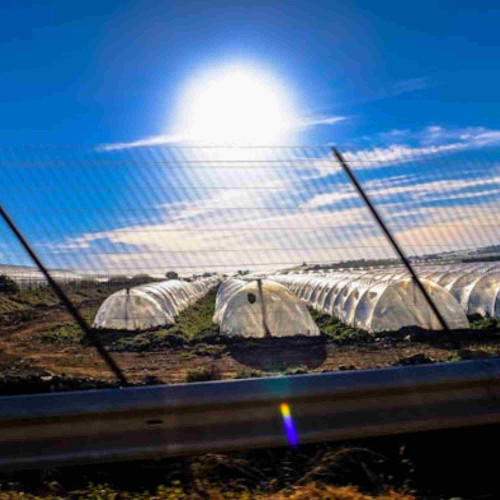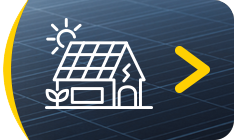- 23 Oct, 2017
- Solar Training , News

Farmers producing vegetables have been faced with a constant rise in energy costs since the early 1980's. Energy costs make up one third of the cost price of tomatoes in France. A farmer tried to find a solution to this dilemma: Francis Villa looked at efficient solutions to reduce the energy consumption in agriculture and initiated an eco-friendly project on the tomato production.
The man behind the project
Second largest tomato producer in France, Francis Villa is a farmer who has been building and operating a little over 40 hectares of production greenhouses for the past 40 years, employing more than a hundred employees. Its operations also allow it to produce 1,000 tonnes of organic Kiwifruit each year..
His initiative
Farmer Francis Villa decided to produce vegetables using photovoltaic greenhouses, inspired by the cogeneration units of Dutch producers. For the implementation of this project, he was assisted by the independent engineering firm Tecsol, as well as INRA and the Roussillon Chamber of Agriculture. Thus, with an investment of 5.85 million euros, two Venlo-type greenhouse farms have been set up. With an individual capacity of 1,713 MWp, the production expectancy of each solar installation was estimated at 2,230 MWh.
The results
While experts had expressed serious doubts about the chances of success of this solar-powered greenhouse project, it turned out to be a real success. Indeed, three seasons after their production, these greenhouses have allowed the production of various types of vegetables in significant quantities, while respecting the principles of organic agriculture. Indeed, these installations have prevented the emission of an average of 267 tonnes of CO2 per year.
Future prospects
With the excellent results obtained, several other larger greenhouse projects with solar installations of more than 100 kWp, particularly in the Eastern Pyrenees. These should have higher energy and agricultural yields, since the energy farmer intends to capitalize on the lessons learned from the experimental greenhouses, in order to improve the configuration of the new greenhouses, the type of photovoltaic panel used, as well as the number of solar inverters.











